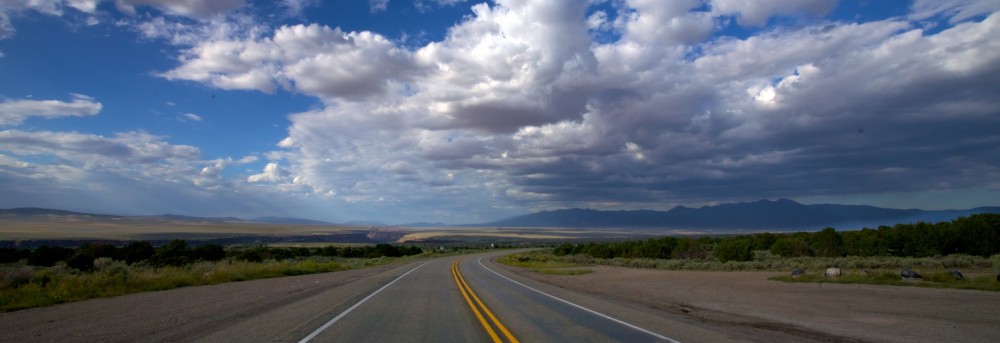 We didn’t want to end our posts about the Everglades without mentioning the great programs that the park offers, and the great people that lead them. The programs include presentations at the visitor center and in different areas of the park, guided walks on different topics, bicycle tours, canoe trips, slogs and more.
We didn’t want to end our posts about the Everglades without mentioning the great programs that the park offers, and the great people that lead them. The programs include presentations at the visitor center and in different areas of the park, guided walks on different topics, bicycle tours, canoe trips, slogs and more.
We participated in six of their programs, and would have participated in more had we stayed in the Everglades longer.
Our first experience with the programs was the mobile museum. We walked in on this one after it had begun. A ranger had set up some tables with artifacts such as skulls from different animals, different types of woods found in the Everglades, colored renderings of the various snakes found there and other fun stuff and discussed each of these.

 We also signed up for the morning canoe trip on Nine Mile Pond. It’s a beautiful canoe trail that goes through sawgrass marsh and mangroves. The trip was led by Marv, one of the park volunteers, who provided lots of interesting information about these diverse habitats.
We also signed up for the morning canoe trip on Nine Mile Pond. It’s a beautiful canoe trail that goes through sawgrass marsh and mangroves. The trip was led by Marv, one of the park volunteers, who provided lots of interesting information about these diverse habitats.
 Marv also was in charge of keeping the whole group safe from alligators, croczilla, capsizing, drowning, etc. Towards the end of the tour we came across this very large alligator with a life vest in its mouth. Marv later confirmed via email that no visitors were reported missing!
Marv also was in charge of keeping the whole group safe from alligators, croczilla, capsizing, drowning, etc. Towards the end of the tour we came across this very large alligator with a life vest in its mouth. Marv later confirmed via email that no visitors were reported missing!
We also took part in the Mahogany Hammock Walk, led by Ranger Leon. Again, Leon provided lots of great information about this tree island and the few remaining wild mahogany trees in the country.


 Then we sat in on Ranger Tim’s python presentation, a discussion of how the python population of the park has ballooned, how it began, and efforts to manage it. This is a tough one.
Then we sat in on Ranger Tim’s python presentation, a discussion of how the python population of the park has ballooned, how it began, and efforts to manage it. This is a tough one. 
And, of course, we participated in the Big Day Birding Adventure led by Ranger Christi.

 And the Slough Slog led by Kathy, another great volunteer.
And the Slough Slog led by Kathy, another great volunteer.
These and the other programs, all free, are extremely interesting and educational. Both the rangers and volunteers are extremely knowledgeable and helpful.
We heard more than once from the volunteers the refrain that “We are here to enrich your experience”.
Indeed they have!





















































































































































































































































































































































